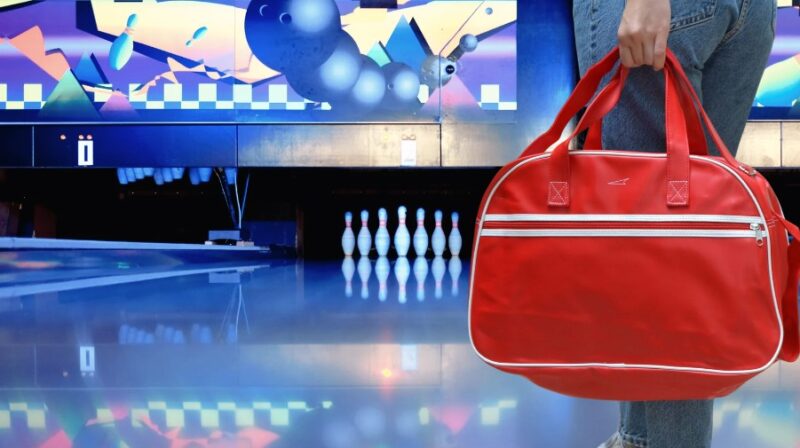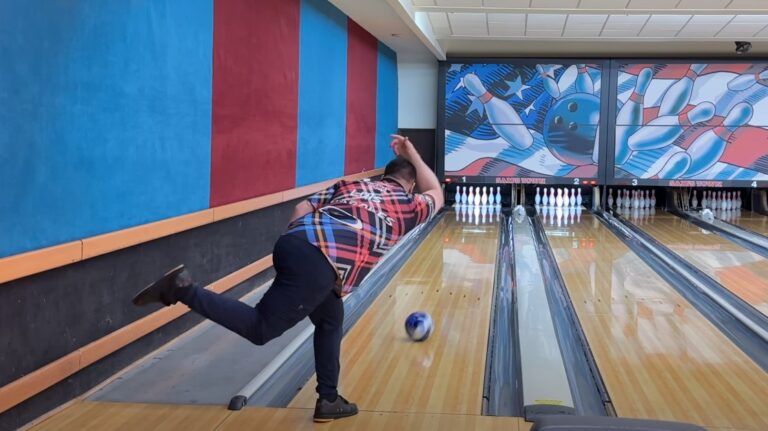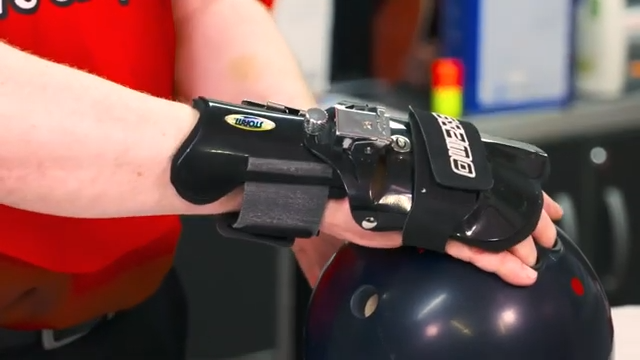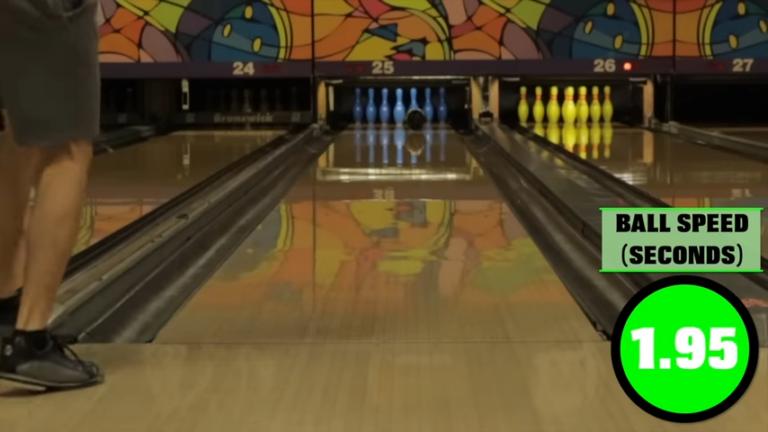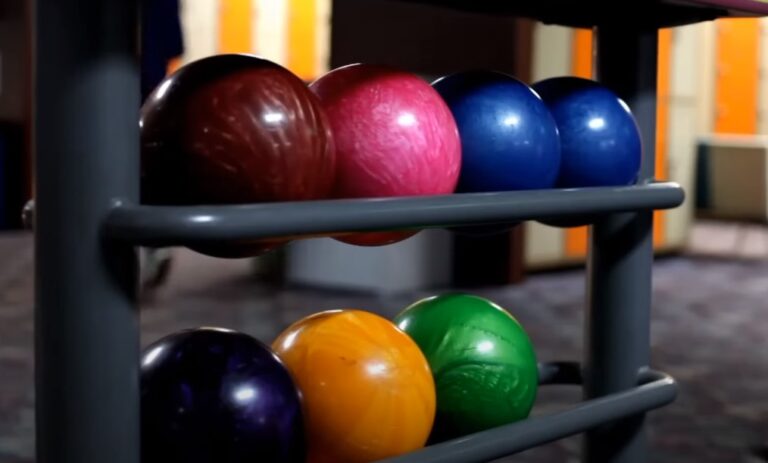As a regular bowler, having the right bowling ball bag is crucial.
With so many choices out there, finding the perfect one can make a big difference.
Here are some tips to help you choose the right bowling ball bags.
Types of Bowling Bags
Bowling bags vary in style to suit different bowlers’ needs:
- Tote Bags: Perfect for beginners, these bags typically hold one or two balls, shoes, and a few accessories. They’re compact, easy to carry, and often include a shoulder strap for convenience.
- Roller Bags: Ideal for bowlers who carry multiple balls and various accessories. These bags feature wheels and a retractable handle, making them easy to transport without much effort.
- Backpack Bags: Great for bowlers who prefer a hands-free option. These bags fit one or two balls along with some accessories and are convenient for players who are always on the go.
- 1-Ball or 2-Ball Bags: These bags are designed specifically for carrying one or two balls. They are streamlined and perfect for bowlers who don’t need to carry much equipment.
- 3-Ball Bags: Best suited for advanced bowlers who require different balls for varying lane lengths and conditions. These bags also include extra compartments for storing additional accessories.
Ball Capacity
Think about the number of bowling balls you own or plan to use.
For beginners, a single-ball bag might be enough.
If you’re looking to expand your collection, consider a multi-ball bag that can accommodate more balls and leave room for adding more in the future.
Size and Weight
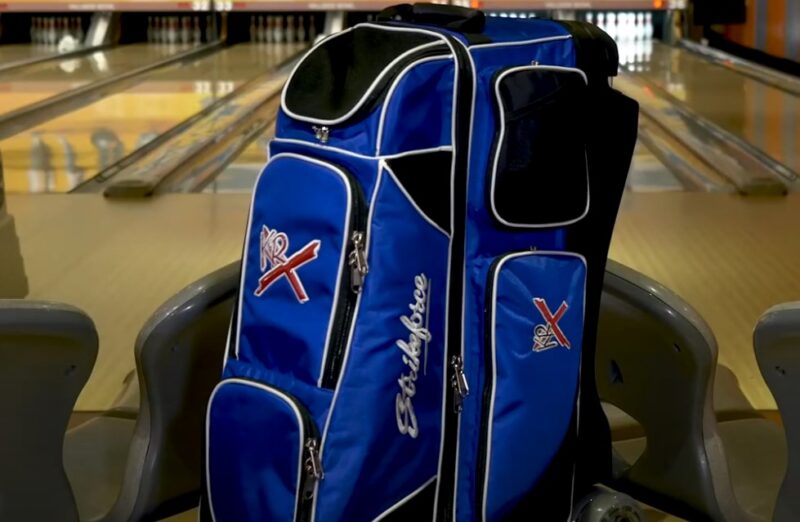
The size and weight of your bowling bag are important, especially if you need to carry it often.
Tote bags and backpacks are generally lighter and easier to manage, whereas roller bags might be heavier due to their wheels and handles.
Make sure the bag’s size and weight suit your carrying capacity.
Material and Durability
The quality of the material is crucial for bowling bags.
Opt for bags made from sturdy materials like nylon or polyester, which can handle frequent transport.
Look for features like reinforced stitching and durable zippers to ensure the bag lasts a long time.
Bowling Ball Compartment
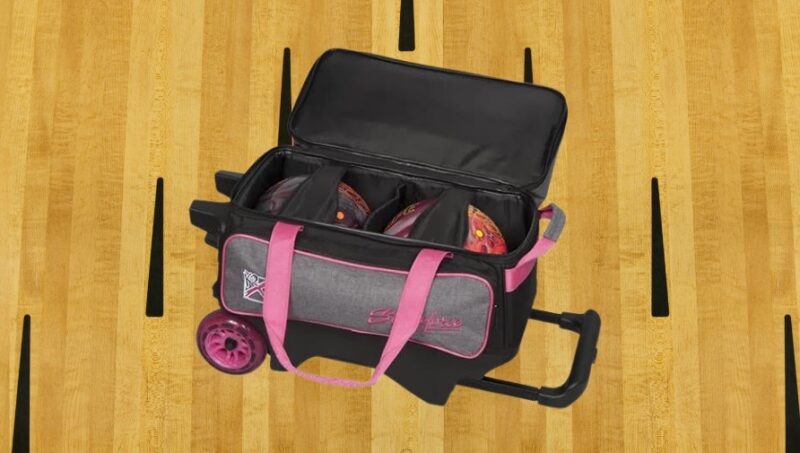
For those carrying multiple balls, ensure the bag has individual compartments for each ball.
These should hold the balls securely to prevent them from moving around during transport.
Padded interiors are a bonus, offering additional protection for your equipment.
Shoe Compartment
I always carry bowling shoes, so a dedicated shoe compartment is a must.
It keeps the shoes separate from other items, ensuring they stay clean and undamaged.
It’s important that the compartment comfortably fits your shoe size.
Accessory Pockets
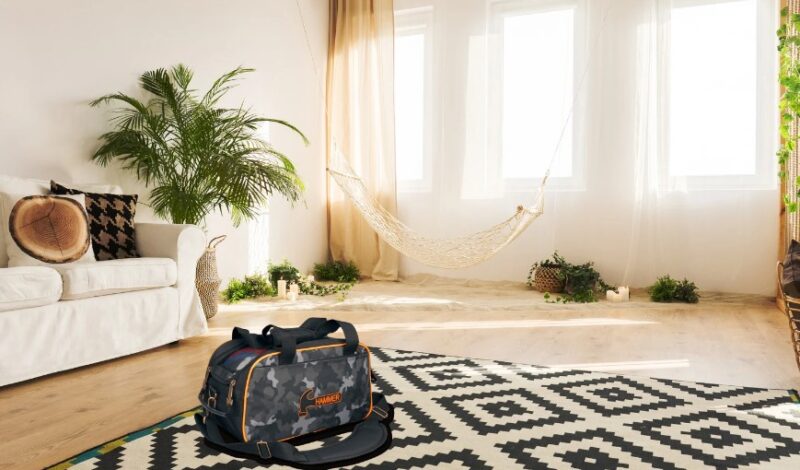
Having accessory pockets is crucial for keeping smaller items like rosin bags, wrist supports, and spare tape organized.
I look for bags with pockets in various sizes to fit everything I need.
Handles and Straps
The design of the bag’s handles and straps matters a lot.
Tote bags should have sturdy, comfortable handles.
Roller bags need durable, retractable handles and smooth wheels, while backpack-style bags should have adjustable, padded shoulder straps for comfort.
Design and Style
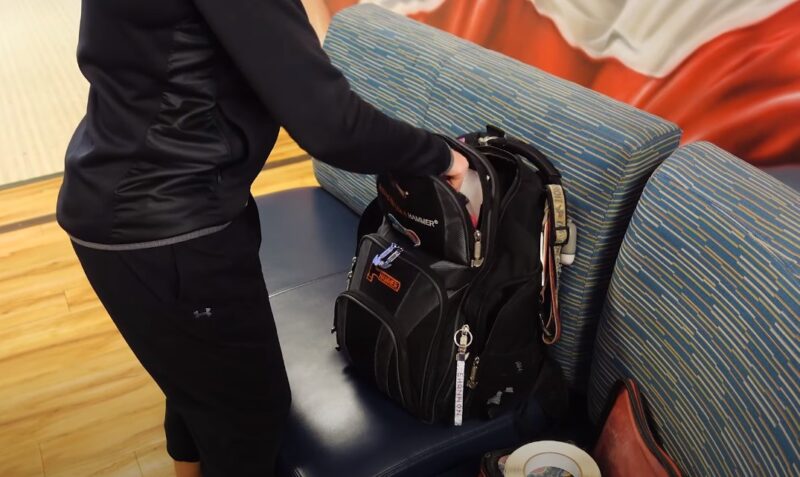
While the look of the bag isn’t my top priority, I do prefer a style that I like.
It’s nice to choose a bag that reflects my personal taste, with plenty of colors and designs available.
Brand and Warranty
I stick to well-known bowling bag brands for quality assurance.
A good warranty is also important as it shows the manufacturer’s trust in their product.
Budget
Budget is always a consideration. Bowling bags come in a range of prices, and I aim to find one that fits my financial limits while still being a good investment for durability.

